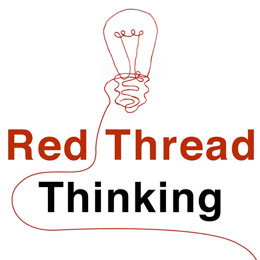The world of work is changing, as the types of jobs and industries change in response to economic, societal, global and technological developments. This means that we cannot say with any certainty what jobs today’s young people will find themselves in in five, 10 or even 20 years’ time. What we can do, however, is ensure that the younger generation are prepared for this uncertainty. By instilling them with the core, transferable skills that will be needed in the 21st century workplace, we can help them to be ready for whatever industry they choose to enter, allowing them to thrive in a changing environment.
Following a successful pilot in over 40 schools during 2014/2015, Apps for Good’s Mini Course is now open to all schools across the UK for 2015/2016. The edtech movement, working to transform the way technology is taught in schools, has developed a free, flexible course framework during which students find a problem they want to solve and apply new skills to making a real life app. This allows them to explore the full product development cycle, from concept to coding to launch in a way that brings the classroom to life.

As educators, every so often we get stuck. It is easy to lose perspective when we meet an obstacle. The daily grind can put limitations on our ability to make the connections necessary to make a leap forward towards success. Instead of getting frustrated, bored or irritated, you can use the skills you already obtain to develop, with a little confidence, brilliant and practical innovations for everyday living.
Ideas can be built from scratch. In this video Debra Kaye, the author of Red Thread Thinking and the Red Thread, can show us how just by solving an everyday problem, we can innovate. The things we don’t like, and the things that bug us, are a great place to start. Chances are if it bothers us, then other people may find it irritating too. These unhappy people are our market, and the red thread can begin to show us a solution that is an innovation waiting to be carried out.
 I’ve been teaching technology to year 1 through to year 6 for almost fifteen years. Parents and colleagues are constantly amazed that I can get the littlest learners to pay attention, remember, and have fun with the skills that are required to grow into competent, enthusiastic examples of the Web 2.0 generation.
I’ve been teaching technology to year 1 through to year 6 for almost fifteen years. Parents and colleagues are constantly amazed that I can get the littlest learners to pay attention, remember, and have fun with the skills that are required to grow into competent, enthusiastic examples of the Web 2.0 generation.
I have a confession to make: it’s not as hard as it looks. Sure, those first few reception months, when they don’t know what the words enter and backspace mean, nor the difference between the keyboard and headphones, and don’t understand why they can’t grab their neighbour’s headphones or bang on their keyboard, I do re-think my chosen field. But that passes. By January, every parent tour that passes through my classroom thinks I’m a magician.

A community-driven platform for showcasing the latest innovations and voices in schools
Pioneer House
North Road
Ellesmere Port
CH65 1AD
United Kingdom